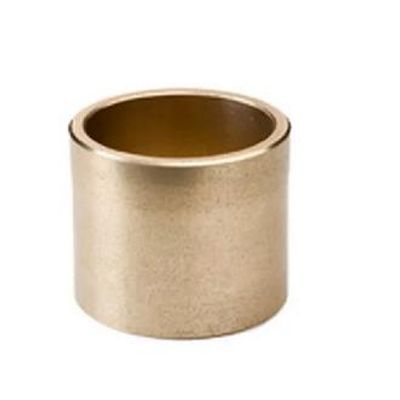


Kabra - Industrial Bushing
Industrial bushings are fundamental components that play a crucial role in various industrial applications, ensuring the smooth and reliable operation of machinery and equipment. Whether you’re a manufacturer, engineer, or simply interested in understanding these essential components, this comprehensive guide will provide you with all the information you need. In this article, we will explore the manufacturing process, applications, industrial bushing alloys, specifications, technical data, and frequently asked questions about industrial bushings.
Manufacturing Process: Industrial bushings are typically manufactured using processes such as machining, casting, or forging, depending on the material and the specific requirements of the application. These methods result in durable and reliable components that can withstand the demanding conditions of industrial settings.
Sizes: Industrial bushings come in a wide range of sizes to accommodate different industrial machinery and equipment. Common size ranges include inner diameters from 1/4 inch to 16 inches or more, outer diameters from 1/2 inch to 20 inches, and lengths from 1 inch to 24 inches or more. These sizes are designed to fit various industrial components, including bearings, shafts, and linkages.
Applications: Industrial bushings are used in a multitude of industrial applications to provide support, reduce friction, and ensure the efficient operation of machinery. Some common applications include:
- Heavy Machinery: Industrial bushings are used in construction equipment, cranes, and mining machinery to withstand heavy loads and harsh conditions.
- Manufacturing Equipment: They play a crucial role in manufacturing machinery, such as lathes, milling machines, and presses.
- Agricultural Machinery: Industrial bushings are found in tractors, combines, and other farm equipment.
- Power Generation: They are used in power plants to support turbines, generators, and other equipment.
- Transportation: Industrial bushings are found in various modes of transportation, from trains and buses to industrial conveyor systems.
Alloys: Industrial bushings are typically made from a wide range of materials, including metals, plastics, and composites. The choice of alloy depends on factors like load-bearing capacity, wear resistance, and the specific application. Common alloys include bronze, steel, and various synthetic materials.
Specifications: Industrial bushings must meet industry standards and specifications to ensure their performance and durability in industrial applications. These standards may vary depending on the type of bushing and its intended use.
Technical Data Sheet: For in-depth technical information, consult the manufacturer’s technical data sheet for the specific industrial bushing material and type you intend to use. These sheets provide insights into mechanical properties, chemical composition, and more.
